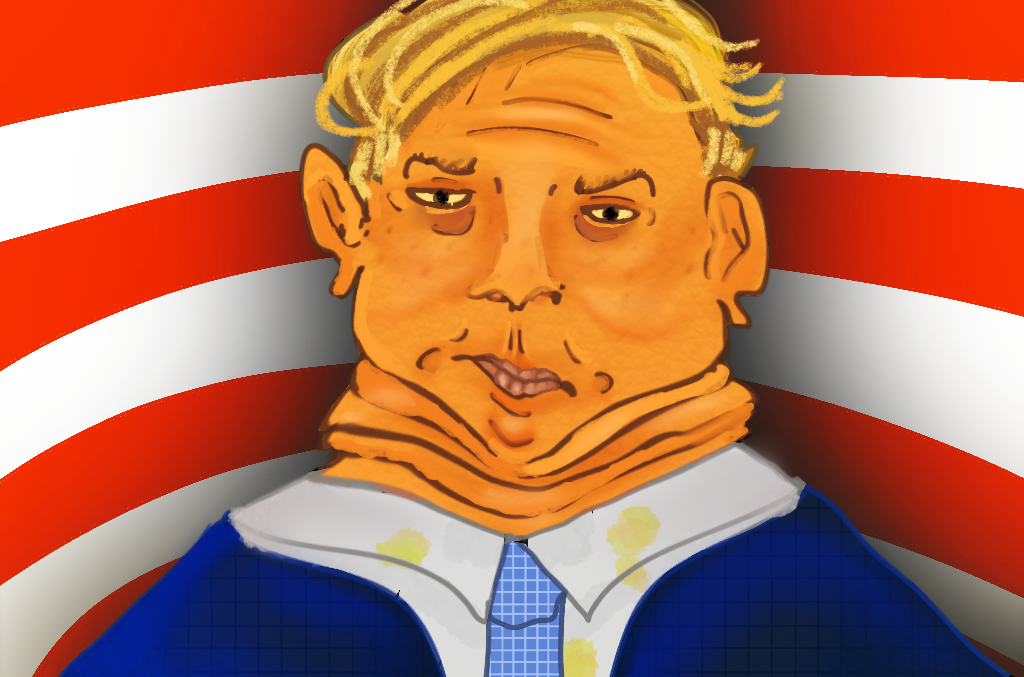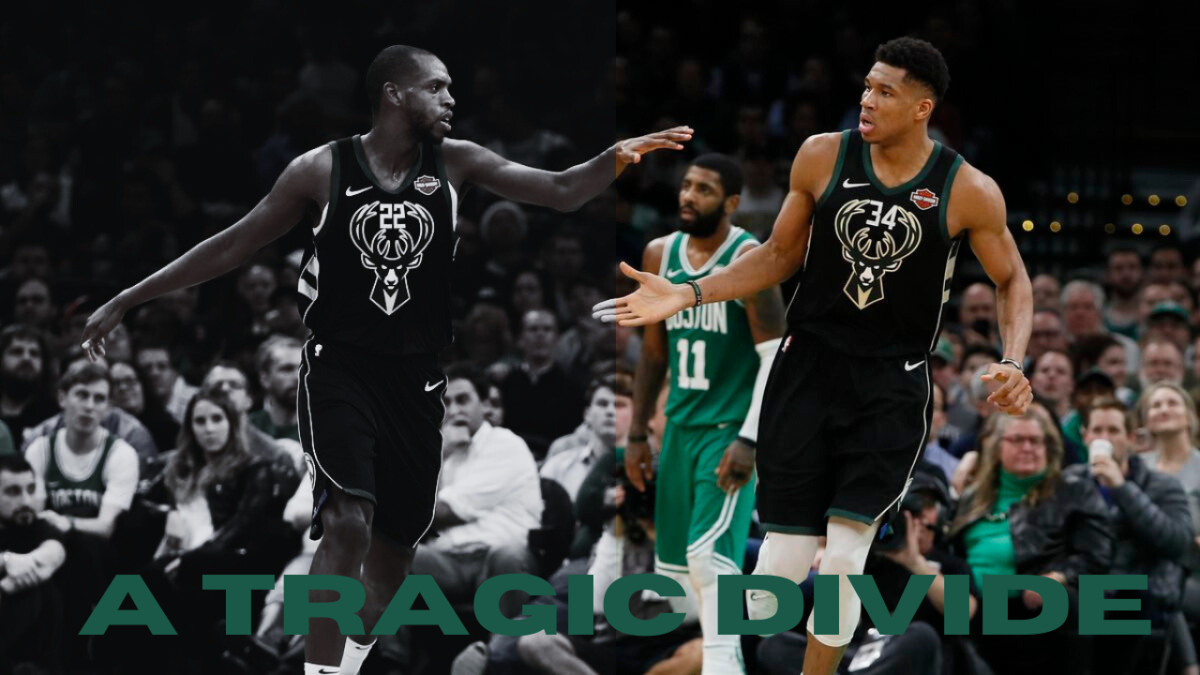As of late, the winter arc craze has emerged on social media. This trend encompasses the idea of a glow-up, or experiencing intense physical and mental changes over a short period of time. Online, this concept appears as an opportunity for a considerable physical and mental transformation. In reality, the process of a glow-up causes inherent harm because it lowers levels of self-esteem, supports toxic beauty standards and glorifies unsustainable lifestyles.
Proponents of glow-up culture may argue the concept of glowing up allows for physical and mental improvement. Glow-ups may lead to a healthier mindset and mental clarity, and cause physical improvements and healthier bodies, in turn, boosting confidence. In reality, the psychological cost of constant self-comparison leads to mental health issues which contribute to unhealthy habits.
Social media disguises glowing up as an evolution toward an eventual destination where individuals desire to become perfect. In reality, people undergo constant transformations, never reaching this point of perfection. Social media presents unrealistic expectations, causing individuals never to feel fully satisfied as they attempt to meet these standards. Glow-up culture promotes comparison, where individuals may idolize seemingly perfect influencers, leading the viewers to a feeling of dissatisfaction with themselves and a lower sense of self-worth. This can unfortunately lead to exhaustion and burnout, which severely impacts mental health.
“My first reaction to the winter arc was that it was motivational, but it made me feel unproductive. I can’t really work out because I don’t really have a lot of spare time and the glow-up trend made me feel lazy and unproductive. Also, I think that the way some people do glow-ups is unsustainable, such as having calorie intake and constantly working out, at that point, it’s just an eating disorder,” magnet sophomore Skye Pierre said.
Second, glow-up culture supports toxic, unattainable beauty standards which lead to unhealthy habits. Glow ups require noticeable physical differences that embody looking better. These standards contribute to unhealthy habits and a decline in self-esteem among the public. Glow-ups may center around rapid weight loss, which can lead to a romanization of unhealthy physiques. This may induce over-exercising and disordered eating. In addition, these ideals that society follows showcase inauthentic body types that the poster edited in photos before sharing online. This value of looks contributes to unhealthy behaviors to reach unattainable goals.

Finally, glow-ups support unattainable lifestyles. Social media imposes strict rules for individuals to follow to achieve a glow-up. The Winter Arc and the 75 Hard challenge include these lifestyles and habits. In both trends, the rules included cutting out processed foods and only eating organic produce, in addition to visiting the gym daily and taking physically active classes. These rules create an unhealthy relationship with food and exercise and do not account for individuals who lack access to the gym or specific physical classes due to their expenses or the time and energy required.
“Glow up culture fosters a toxic environment for young girls and young boys that are on TikTok. It shows kids that they are not good enough because they haven’t gone through the process of glowing up or that they can’t glow up. And we shouldn’t be showing this to kids who physically can’t grow up as they’re still young and developing,” sophomore Eli Pothier said.
Instead of following social media trends that revolve around the improvement of the physical image or grandiose changes, those who feel unhappy with their appearance should focus on moving forward gradually. Glow-ups lead to a lower sense of self-esteem, an increase in toxic beauty standards and the glorification of unsustainable lifestyles which induces burnout.











